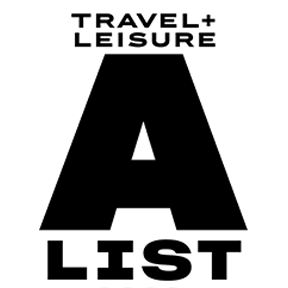

MOROCCO
Colorful. Ancient. Traditional.
Morocco is a diverse landscape with 12 official regions. However, here we will share some of our favorite places in the North, South, Western Coast, Atlas Mountains and the Sahara.
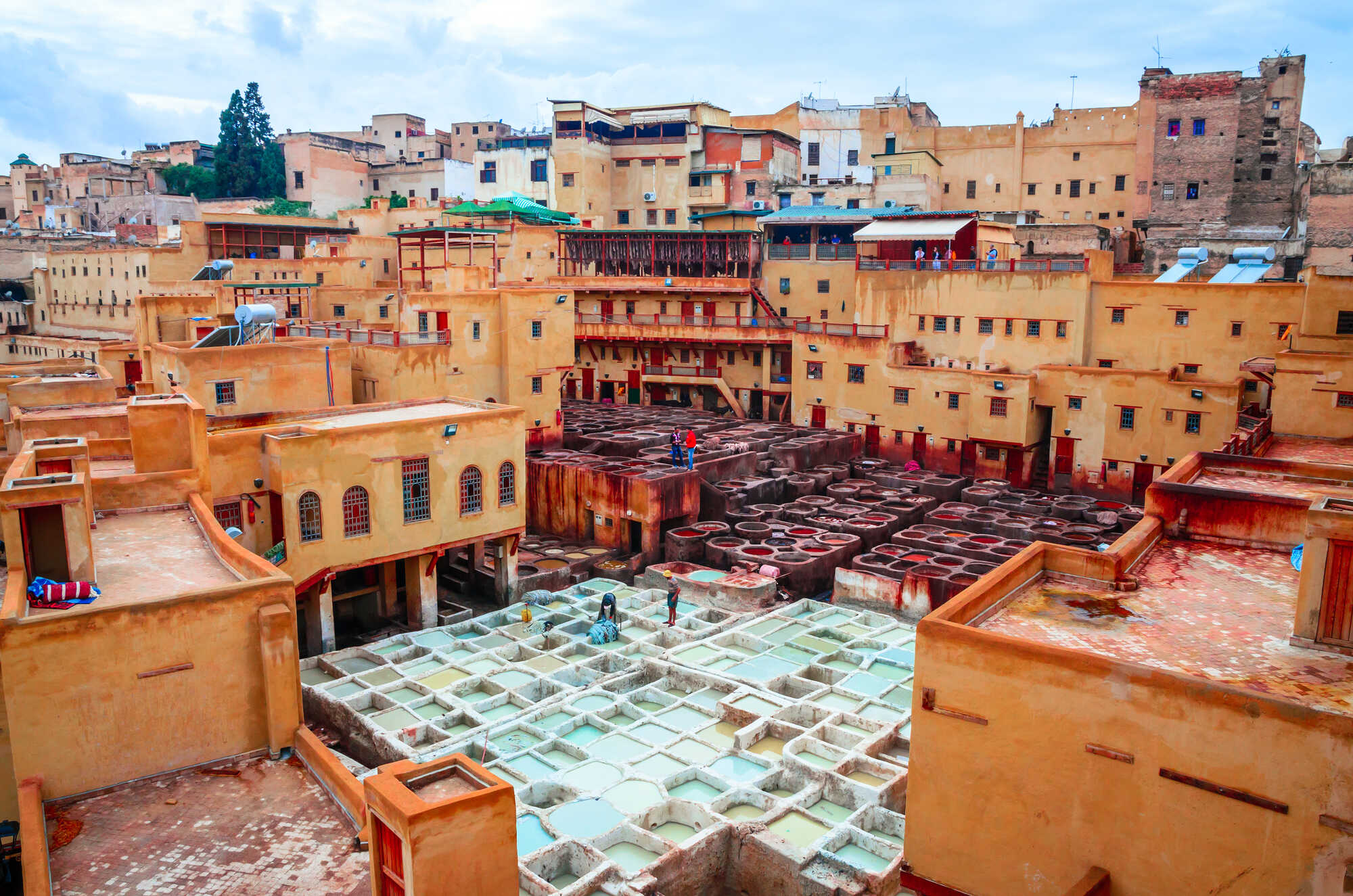
FES
Fes is a northeastern Moroccan city often referred to as the country’s cultural capital. Fes was a renowned center of medieval learning and at its heart is the Karaouine, one of the oldest, still-functioning universities in the world. Nearby is Attarine Medersa (Koranic college) (Closed), a jewel of Hispano-Moorish architecture, built in the 14th century. Fes is primarily known for its Fes El Bali walled medina, with medieval Marinid architecture, vibrant souks and old-world atmosphere. The medina is home to religious schools such as the 14th-century Bou Inania and Al Attarine, both decorated with elaborate cedar carvings and ornate tile work.
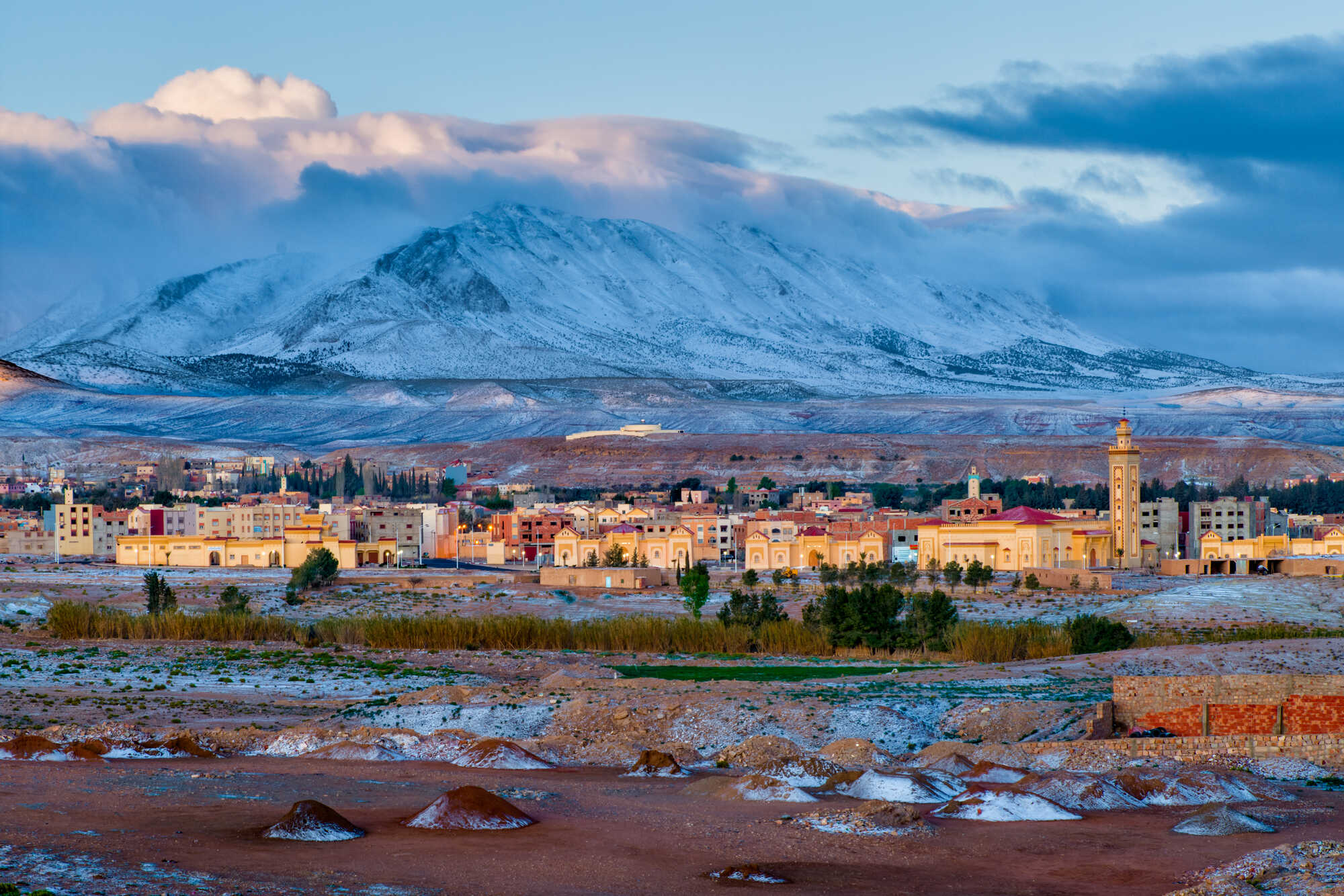
ERFOUD
Also known as the “Gate to Sahara Desert’ because of its proximity to Erg Chebbi Dunes, Erfoud is a quaint Saharan oasis and a wonderful stopping point en route between Fes or Meknes and Merzouga. An old French Foreign Legion center from the 1920s, Erfoud has been a popular site for Hollywood movies: SPECTRE (2015), Prince of Persia (2010), The Mummy (1999) and March or Die (1977). It is also well known for its delicious palm dates (annual Date Festival is held every October) and famous for its many quarries with fossils dating back hundreds of millions of years from when Erfud was under water.
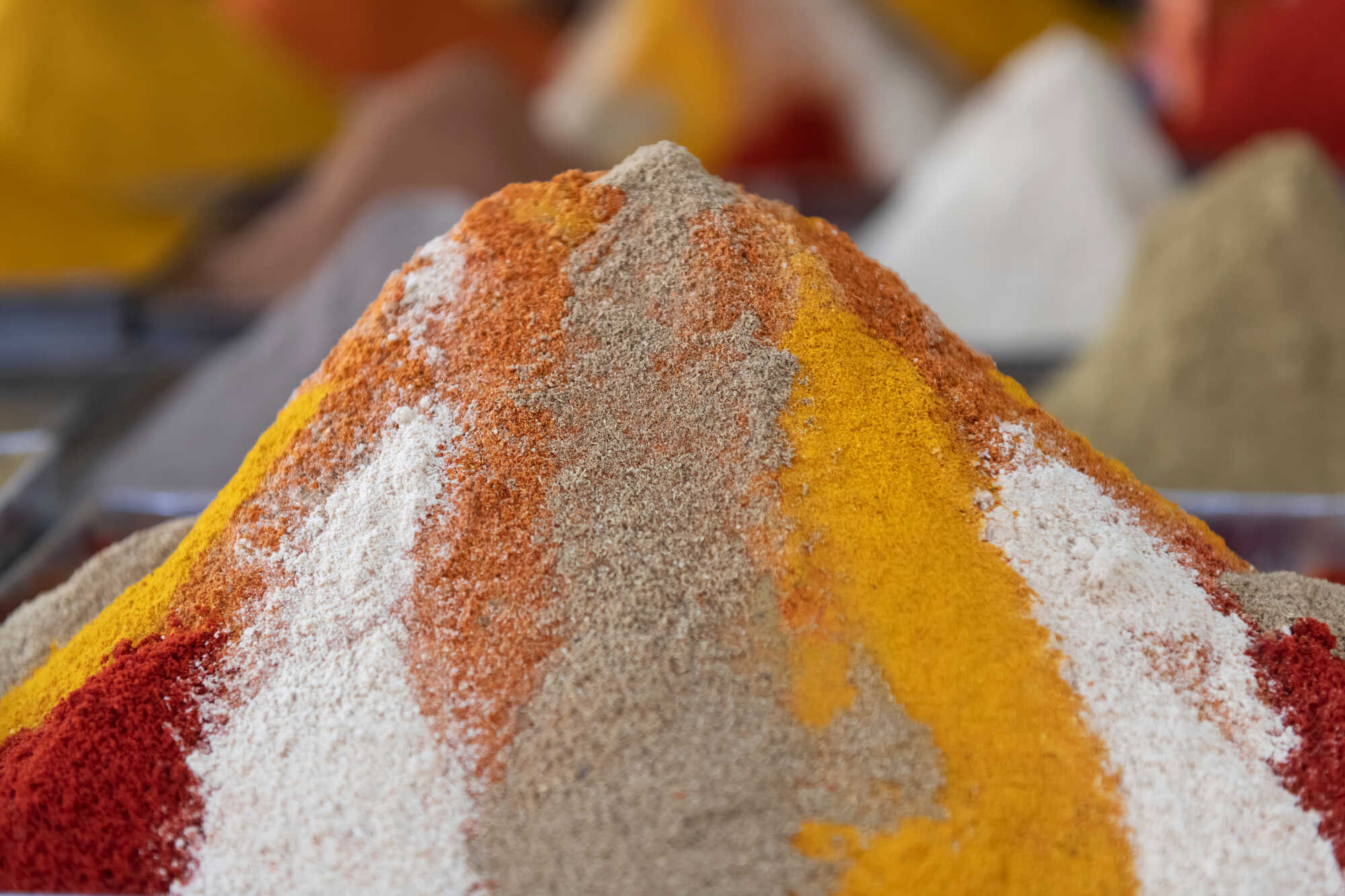
RISSANI
On first look, Rissani appears as a forgotten medieval town littered with crumbling kasbahs and ksours. However, this small village was once a strategic thoroughfare for caravans transporting gold and slaves between the north and south. Today, historians, photographers and visitors alike enjoy wandering this ancient town. A bustling souk is open on Tuesdays, Thursdays and Sundays, and a zawiya (Islamic school) is open to everyone. Behind the zawiya are the 19th century ruins, Ksar Aber, which once housed the disgraced members of the dynasty. Other architectural splendors surround the town of Sijilmassa, which lies just outside Rissani and has its own rich ancient history.
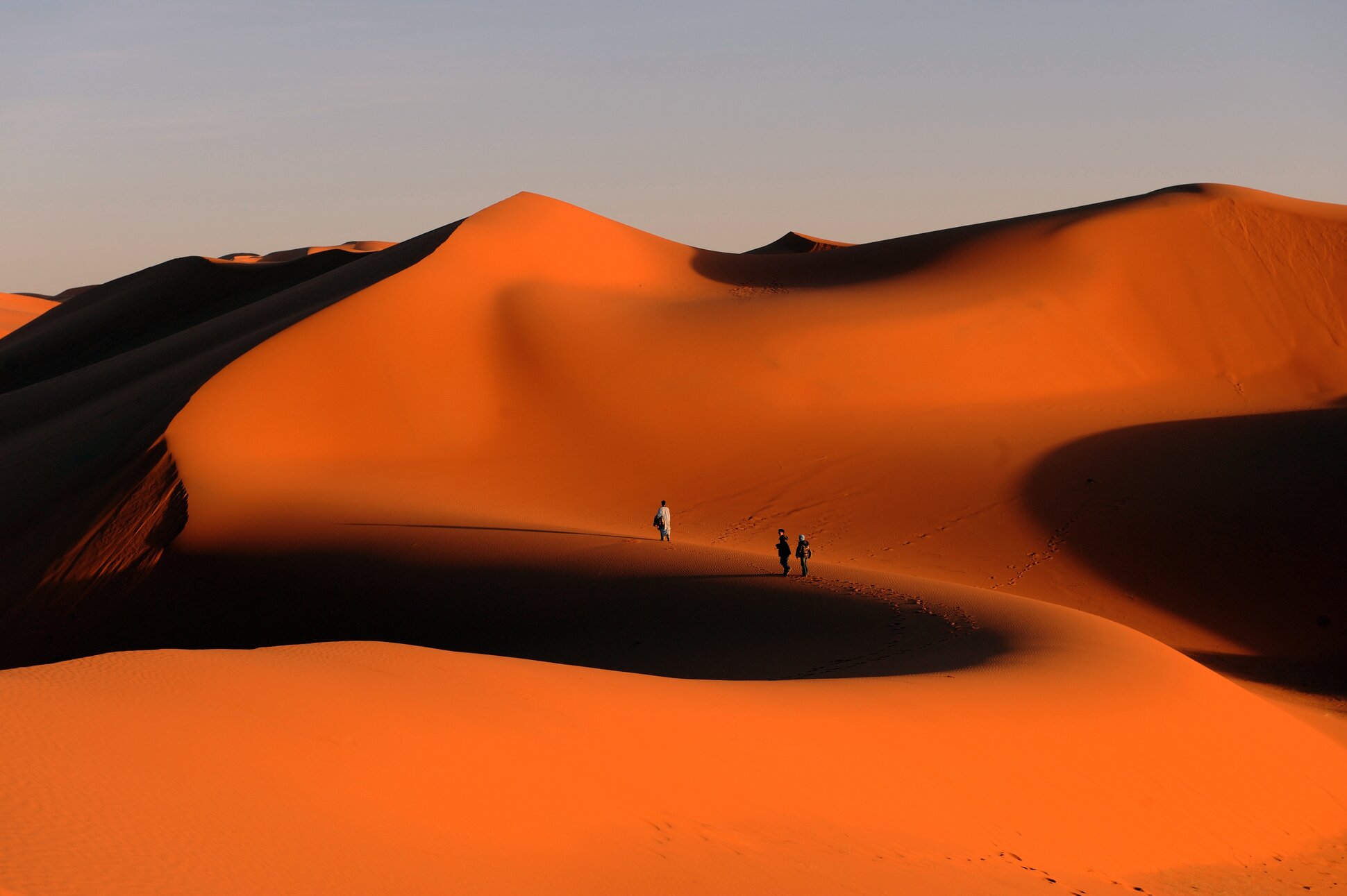
ERG CHEBBI DUNES AND MERZOUGA
A small, dusty village in on the edge of Sahara Desert in southeastern Morocco near Algerian border, Merzouga is known for its proximity to Erg Chebbi Dunes. A legend has it that the village used to be a thriving tropical jungle until one day God buried the area in sand dunes of Erg Chebbi as punishment for the local wealthy families who refused offerings to a poor woman. This ancient Berber village has remained unchanged for thousands of years, it and its ksars having served as a transit point for merchants and pilgrimage site for Alt Atta tribes through the past.
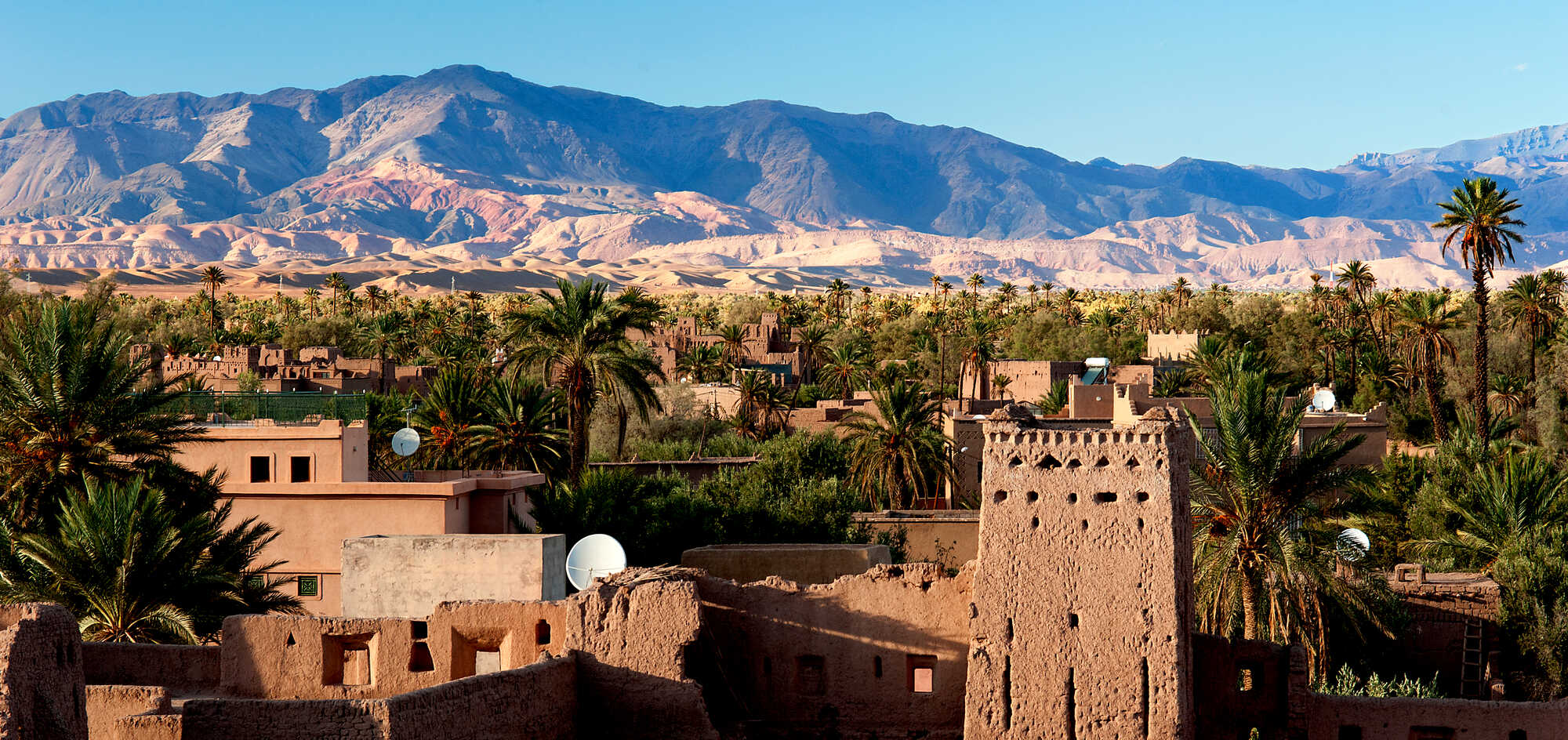
SKOURA
The fertile oasis of Skoura is located in the Dadas Valley between the Sahara Desert and the High Atlas Mountains. Palmeraies (palm groves) provide a thick canopy over the lush fertile groves of barley, pomegranates, apricots, figs, almonds and tomatoes. Kashbah ruins dot the landscape making it an idyllic stop during your travels.
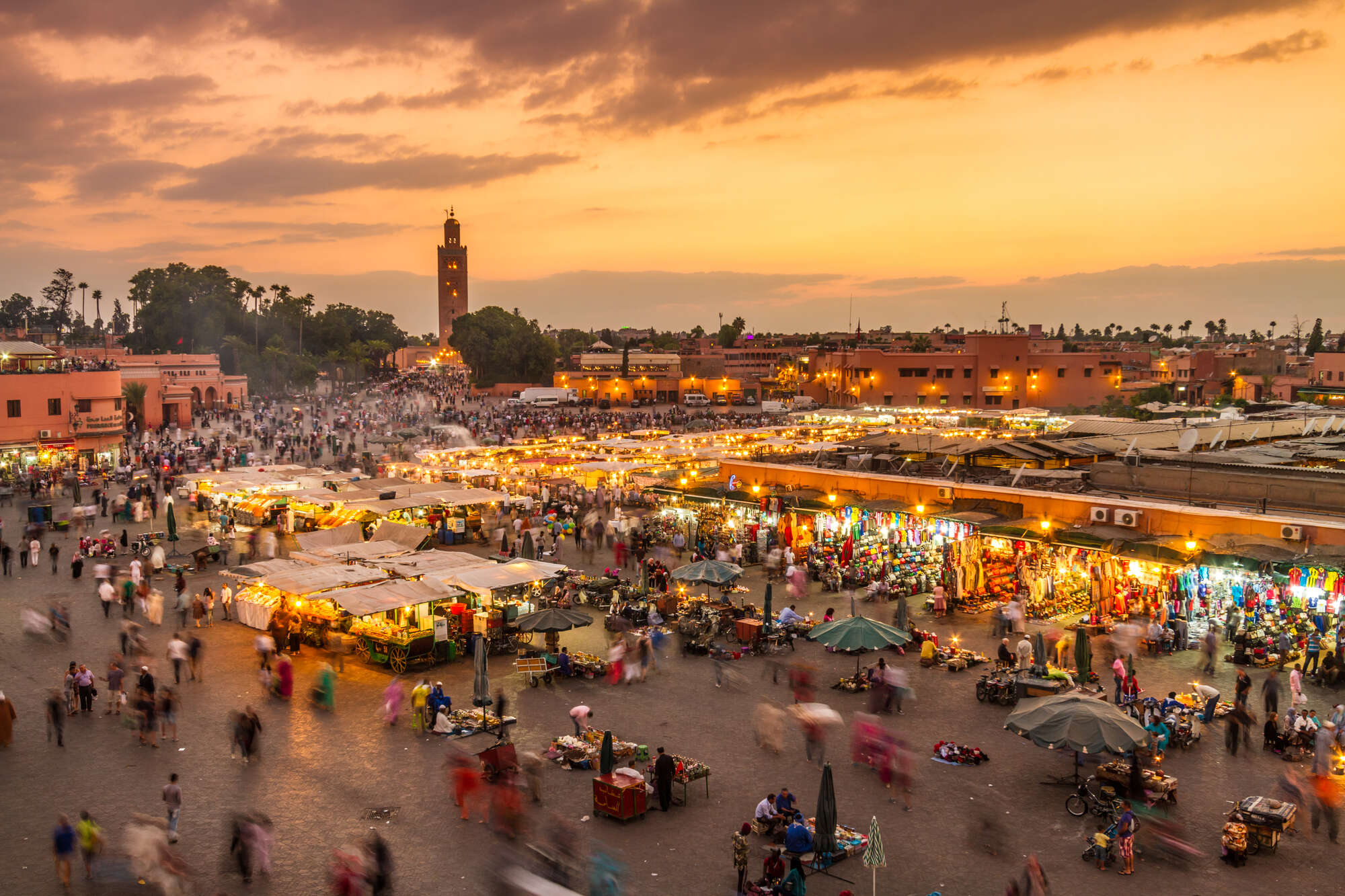
MARRAKESH
Situated west of the Atlas Mountains, Marrakesh is the fourth largest city in Morocco. Its history dates back to 1070 when it was founded by Emir Abu Bakr ibn Umar and inhabited by Berber farmers. In the 12th century, many madrasas, mosques and city buildings were erected in red sandstone giving it the nickname “The Red City.” Over the centuries, Marrakesh became one of the busiest cultural, religious and trading centers in Africa. In the 16th century, under wealthy sultans, the city was adorned with magnificent palaces, and ruined monuments were restored. In the 17th century, Sufi pilgrims began arriving for its seven entombed patron saints, which enhanced Marrakesh’s spiritual reputation. In 1912, the French Protectorate in Morocco was established and T’hami El Glaoui became Pasha of Marrakesh. This ended quickly and the role of the monarchy was reestablished in 1956. Of worthy note, in 2009, Fatima Zahra Mansouri became the second woman in Morocco to be elected mayor of Marrakesh. Such a lengthy history has made Marrakesh a very popular tourist center, particularly among the French. Marrakesh holds the largest souk in Morocco and is one of the busiest cities in Africa.
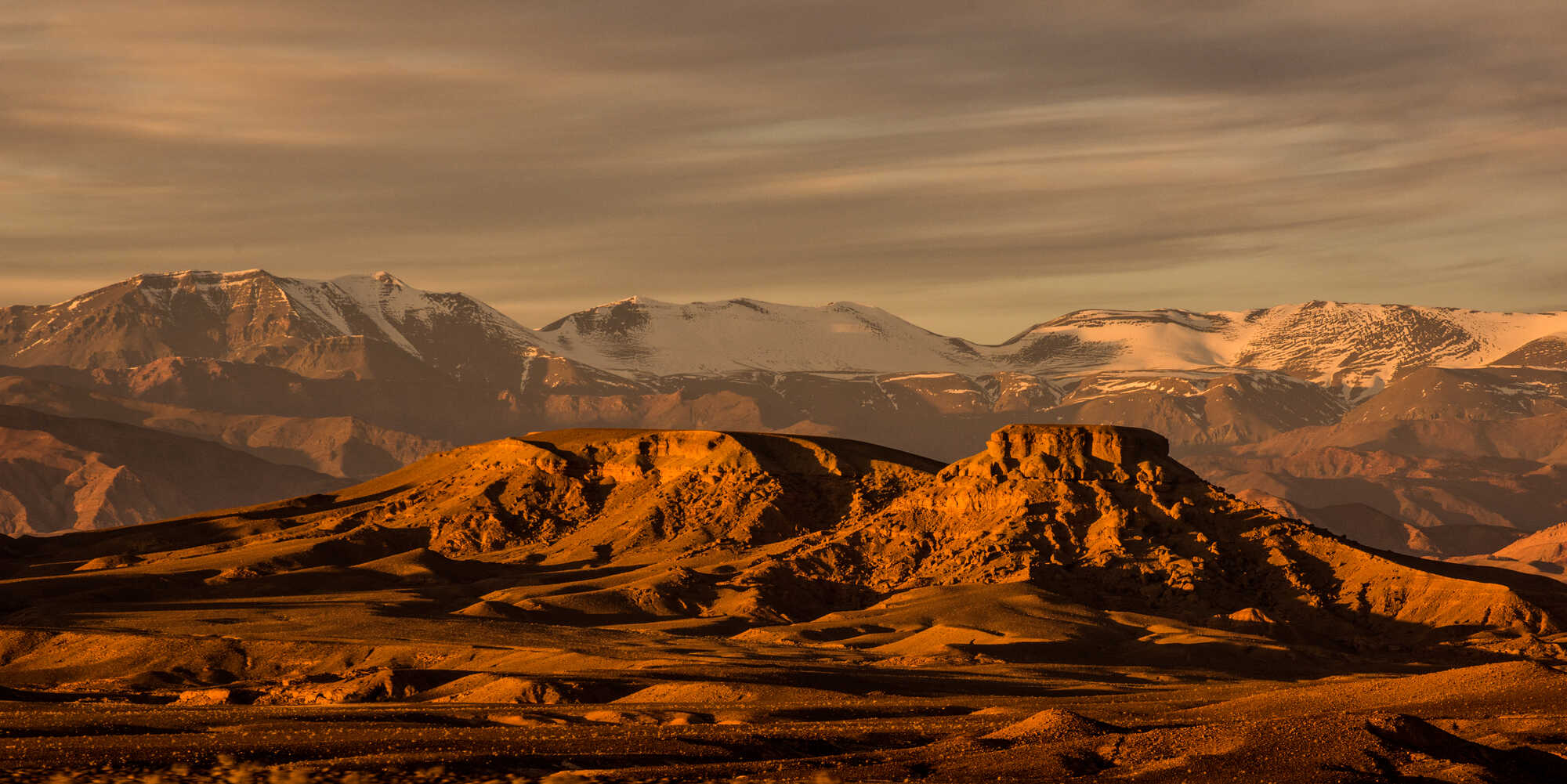
ATLAS MOUNTAINS
The Atlas mountain range stretches 1,600 miles across Morocco, Algeria and Tunisia and is bordered by the Mediterranean Sea, the Atlantic Ocean and the Sahara Desert. Toubkal is the highest peak at 13,671 feet, although there are several mountains over 13,000 feet. In Morocco, the Atlas Mountains are divided by the Anti-Atlas, High Atlas and Middle Atlas. The Berber are the majority people who inhabit and cultivate the area, living mostly in small villages. The Atlas Mountains are rich in natural resources including iron ore, lead, copper, silver, mercury, rock salt, phosphate, marble, anthracite coal and natural gas. Stretching across the region are varied evergreens including the Atlas cedar, the evergreen oak and Algerian oak. Also noteworthy is the diverse fauna that remains including the Barbary macaque, the Barbary leopard, the Barbary stag, the Barbary sheep, the Atlas Mountain badger, the Cuvier’s gazelle, the northern bald ibis, and the Atlas mountain viper. Now-extinct animals include the Atlas bear, the North African elephant and the Barbary lions.
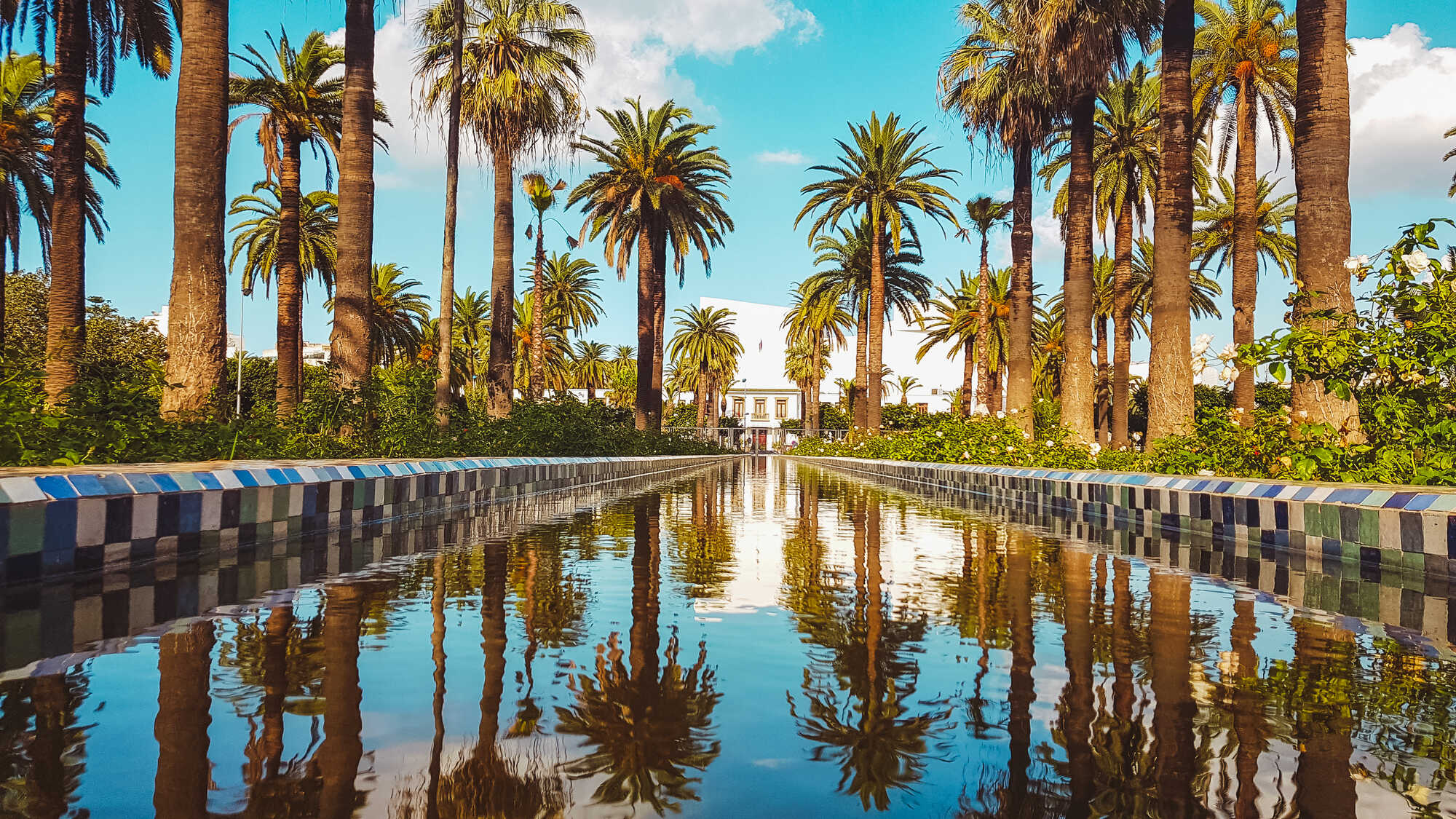
CASABLANCA
Casablanca has a long and varied history dating back to the 7th century when its namesake first appeared and was settled by the Berbers. Due to its port holding such a strategic location between Europe and Africa, it was under constant threat from outside tribes and nations. Over the centuries, it was conquered by the Almoravids, Arab tribes, the Merinids, and was eventually ruled by the Portuguese, Spanish, and then French who controlled Morocco beginning in the 15th century. In 1956, Morocco finally gained its independence. Between 1961 and 1964, Casablanca became a major departure point for Jews leaving Morocco to Israel, and was known as Operation Yachin. More recently, in March 2000, a massive women’s rights movement in Casablanca influenced the king to reform Mudwana Ousra (a traditional code of family law). Over 100 amendments were made greatly improving the rights of women in Morocco.
Today, Casablanca, commonly referred to as Casa, is Morocco’s largest and most cosmopolitan city. Although it does not possess the enduring beauty of the past, its vibrant nightlife and modern, liberal lifestyle invite a creative energetic population. It is the economic and business center of the country and home to Morocco’s largest port. Its Mediterranean climate makes it a desirable place to visit year-round. Architectural highlights include the King Hassan II Mosque, the Old Medina, the Shrine of Sidi Adderrahman, Mahkama du Pacha, and the Central Post Office. There are also many modern shopping centers, beaches, and parks to explore. Culturally, there are many theaters, museums, and music venues to visit.
sign up for our
Newsletter
Stay current with all the latest being offered from ATJ, as
well as updates on Asia Destinations.

















